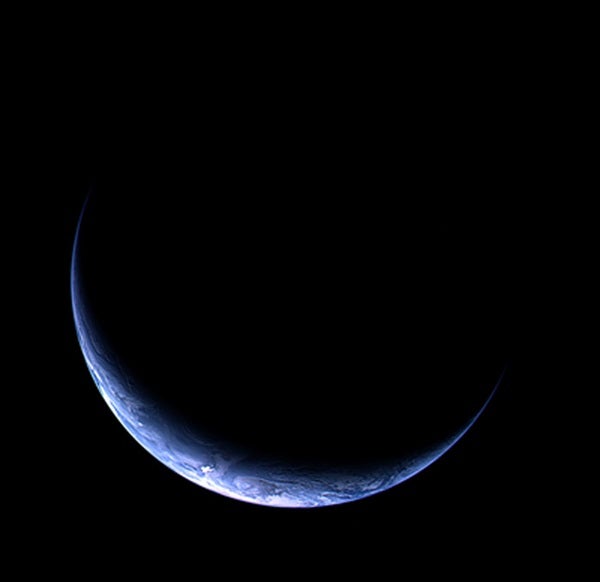This morning, mission controllers confirmed that the European Space Agency’s (ESA) comet chaser Rosetta had swung by Earth at 8:45 CET as planned, skimming past our planet to pick up a gravitational boost for an epic journey to rendezvous with comet 67P/Churyumov-Gerasimenko in 2014.
Rosetta passed over the ocean, just south of the Indonesian island of Java, at exactly 04:45:40 EST, at a speed of 8.3 miles (13.34 kilometers) per second with respect to Earth at an altitude of 1,542 miles (2,481 kilometers). The swing-by was pre-planned and fully automated, and the spacecraft was in direct communication with Earth at the time via the ESA New Norcia Station.
The successful swing-by was confirmed at 05:05 EST when mission controllers re-established contact with Rosetta via ESA’s Maspalomas station in Spain. Although a detailed analysis is in progress, spacecraft operators have confirmed that the swing-by provided a boost of 2.2 miles (3.6 kilometers) per second.
Europe’s comet chaser now has flown a little over 2,800 million miles (4,500 million km) of its 4,400 million miles (7,100 million km) journey to its destination comet 67P/Churyumov-Gerasimenko. This was Rosetta’s fourth planetary swing-by and the third and final swing-by of Earth.
Some of Rosetta’s instruments have been on since early November, performing imaging, magnetospheric, and atmospheric observations, as well as looking for water on the Moon. The first round of images and data recorded just before and during the swing-by will be downloaded later today.
Rosetta is now departing Earth to meet asteroid (21) Lutetia in July 2010. It has gained sufficient orbital energy to achieve its final goal: a rendezvous with comet 67P/Churyumov-Gerasimenko in 2014. The spacecraft is scheduled to enter deep-space hibernation by mid 2011 for the coldest leg of its journey to receive a wake-up call in spring 2014.










